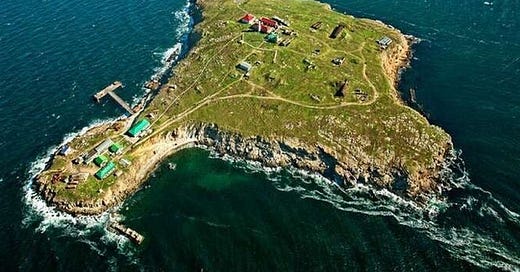No country is an island. All wars that have ever been fought in Ukraine disrupted the existing global food system. The first step in restoring Ukraine’s links to the world economy and reducing worldwide inflation in grain prices is to reopen their Black Sea ports. Vladimir Putin knows perfectly well how food insecurity drives famine and conflict worldwi…
Keep reading with a 7-day free trial
Subscribe to Polemology Positions to keep reading this post and get 7 days of free access to the full post archives.




